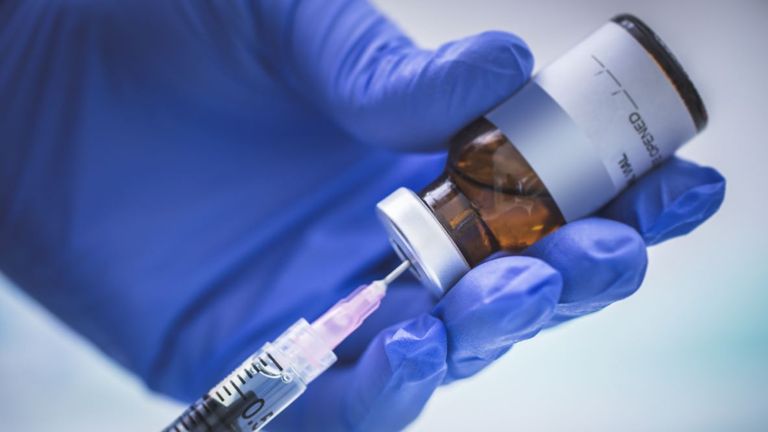Since the mid-1700s, advances that were initiated by scientists and accompanied by new social movements, new forms of persuasion and new kinds of public institutions—namely, vaccines, germ theory, and antibiotics—have combined to double the average human lifespan, essentially giving humanity, according to Steven Johnson, “an extra life.”
In 1796, British physician Edward Jenner created the first true vaccine—for smallpox—by using a quantity of a less virulent but related disease to trigger an immune response. He was hailed as a hero but also mocked as a quack.
“The vaccine immediately had its skeptics,” according to David Motadel, historian at the London School of Economics and Political Science. “Clerics warned their congregations about contaminating the purity of the human body with animal matter and condemned it as unchristian. And many of Jenner’s peers who had forged careers on useless but lucrative ‘cures’ for smallpox were quick to denounce it as dangerous.”
“In 1879…the Anti-Vaccination Society of America was founded, and activists fought compulsory vaccination laws in several states.”
But the vaccine “quickly became standard medical practice in Britain, Europe and the United States,” said Motadel, “and by the middle of the 19th century, smallpox was a relatively minor cause of death in Europe.”
“Ever since the time of Jenner, whenever new vaccines have been approved, anti-vaccination campaigns have been part of the response,” Motadel noted. “They have been driven by exquisitely complex and diverse reasons: uncertainty, fear, science skepticism, anti-intellectualism and anti-elitism; sometimes they are motivated by profit.”
In mid-1800s America, unrefrigerated cow’s milk had become a “liquid poison,” killing thousands of young children, according to Johnson. Louis Pasteur discovered that “both fermentation and spoilage [in milk] were…a byproduct of living microbes,” and he invented a process in 1865 to kill the microbes before they could cause any harm.
But pasteurization was “ferociously opposed by the milk industry and its representatives in statehouses around the country…not just because it added an additional cost to the production process but also because they were convinced, with good reason, that it would hurt their sales.” As a result, it took a half century for it to have a meaningful effect on the safety of milk in the United States. “Progress,” Johnson insisted, “is never a result of scientific discovery alone; it also requires other forces: crusading journalism, activism, politics.” By the early 1920s, unpasteurized milk had been outlawed in almost every major American city. “The fight for pasteurized milk,” according to Johnson, “triggered the first truly egalitarian rise in life expectancy.”
In the first decades of the 20th century in Jersey City, New Jersey, typhoid was responsible for 30 deaths per 100,000 people per year. In 1908, physician, health officer and sanitary advisor John Leal quietly added chlorine to the public reservoirs to kill the harmful bacteria he had identified in the water. Leal was sued by the city for not supplying “pure and wholesome” water as his contract had stipulated, but the experiment proved successful, and soon city after city began implementing chlorine disinfectant systems in their waterworks. Within three decades, the death rate from typhoid was reduced by a factor of 10.
Regarding the Covid-19 pandemic, Motadel said, “There are growing concerns that the United States might soon reach what some experts call the ‘vaccine wall,’ when the problem stops being how to supply enough and starts being how to convince the holdouts.” But he said, “Opposition to vaccination is as old as vaccination itself. And despite consistent and often widespread hostility, vaccination campaigns have always, eventually, succeeded.”
“Enough people have accepted vaccines [for polio, measles, mumps, rubella] that they have always been effective in immunizing societies,” Motadel insisted. “And that’s likely to be true of this pandemic, too.”
